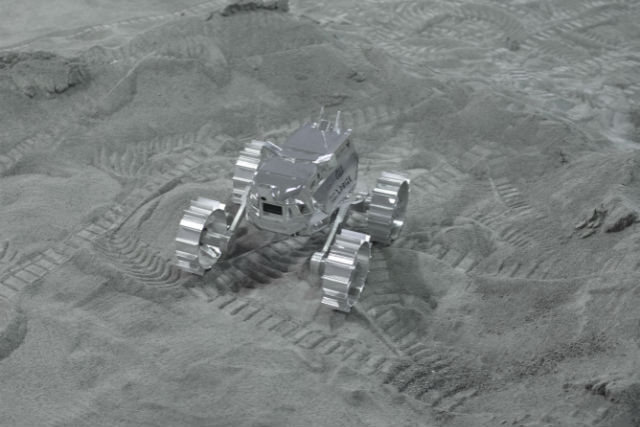Ispace, which was founded in Japan and has a Luxembourg subsidiary, announced on Thursday an amendment to the mission timeline. Its first mission was expected to send an orbiter around the moon in 2020 to test in-flight technology. Now the team will focus all of its resources on the Hakuto-R programme for a soft lunar landing in 2021, followed by deployment of a lunar rover for surface exploration in 2023. The first mission will be able to carry customer payloads.
“The decision to adjust the mission schedule is primarily in response to the dramatic market acceleration and increasing demand for lunar exploration around the world, including improving the company’s competitiveness for supporting contracts, such as for Nasa’s Commercial Lunar Payload Services (CLPS) program, and similar opportunities taking form around the world,” Ispace said in a statement published on Thursday.
Ispace was founded as a spin-off of team Hakuto, which entered the Google Lunar X prize. Founded by Takeshi Hakamada, the team vied for the $20m prize money being offered the first project to successfully deploy a commercial lunar lander before 31 March 2018. The contest closed when it was clear none of the five finalists would succeed. Since then, a large number of newspace operators have begun developing technology for lunar exploration.
Ispace has since raised its own funds, including R&D funding through the Luximpulse programme. In Luxembourg, it is developing technology that will enable the rover to detect water at the lunar poles, a vital resource for human future habitation in space but also for in-space manufacture. Former Ispace Europe managing director Kyle Acierno told Delano in a 2018 interview that while being first was a nice to have, frequency of visits was essential to draw benefits from lunar exploration. “The opportunity to land multiple times, different locations, deploy rovers for exploration--that’s important. And pinpoint landing is very important,” he said.
If Ispace was among the first commercial space companies to begin seriously working on a lunar mission, scores more have since arisen, largely thanks to the trail-blazing work of space entrepreneurs Elon Musk, with SpaceX, and Jeff Bezos’ Blue Origin. American space agency Nasa is increasingly working with commercial operators and Ispace is part of team Draper, which was selected to carry scientific instruments to the moon over the next ten years. In this context, Ispace will serve as design agent and manager of lander missions. Securing this bid came largely thanks to Ispace’s 2020 orbiter tests. Now that they have been dropped from the schedule, it is not clear how it will impact the arrangement going forward.
Ispace said it was working on developing landing gear within the new timeframe and securing contracts with a ground station, constructing a mission control centre and producing training and operation plans for the lander mission operations.
Furthermore, on Thursday it announced new partnerships with Japanese firms Citizen Watch Co, which will apply its Super Titanium material to titanium components used in the Hakuto-R lunar lander and rover. It has also partnered with automobile maker Suzuki, which will conduct structural analysis of the Hakuto-R lunar lander, and Sumitomo Corporation, which will promote collaboration with industry stakeholders to encourage growth in the lunar industry.
